10 hot lab projects that you need to see
There’s a good chance the next Twitter or Facebook will come out of an agency lab. Here we reveal 10 great examples of lab projects!
Some of you might have read our recent post on the growing trend to start an agency lab, and are now wondering what kind of projects these departments are capable of producing. Whilst some labs focus on apps and live projects, and take an entrepreneurial approach, others take business out of the equation and prioritise experimentation, helping an agency highlight new technologies.
In this post we bring you a list of 10 innovative projects from around the web, all of which offer up a unique insight into the diverse and creative world of the agency lab. Enjoy!
1. AnyTouch
Agency lab: Digitas Labs Paris and Ayotle
Digitas Labs Paris has partnered with Ayotle to produce AnyTouch, a prototype to showcase object tactilisation (that’s right, tactilisation). Ayotle has designed software that, when combined with a 3D sensor, can detect objects and gestures. Any surface – even paper – can be transformed into an interactive area, and Ayotle’s software can also detect inanimate objects, enabling you to transform everyday items, such as a biscuit tin, into a steering wheel for example.
“We are entering a new era of proliferation of screens. Each object becomes a screen with this technology,” says Gisele Belliot, founder of Ayotle. “Simple screens become tactile and walls of shops can also morph into interactive screens delivering information.”
In the showcase video the Digitas Labs team operates a Nissan DUKE, and illustrates the real-world applications that AnyTouch could be used for.
2. Wimbledon Seer
Agency lab: Ogilvy Digital Innovation Lab
Ogilvy is a beast of a company, with more than 1600 employees around the world, spread across 11 divisions. OgilvyInteractive is one such division, which represents the combined digital capability and offering of the Ogilvy Group UK companies. And within OgilvyInteractive sits its Innovation Lab, which is tasked with identifying new technologies and practices, and then attaching them to live projects.
One of the most notable projects to come out of the Innovation Lab was IBM’s Wimbledon Seer campaign, which was an augmented reality app launched way back in 2009 (and was the world's first augmented reality app using live data feeds).
“You can’t attribute successful campaigns to our department, because it’s pervasive,” explains Nicole Yershon, director at Ogilvy Digital Innovation Lab. “But we’ve been involved in so many success stories. Augmented reality is now commonplace, but IBM’s Wimbledon Seer app was done in 2009!”
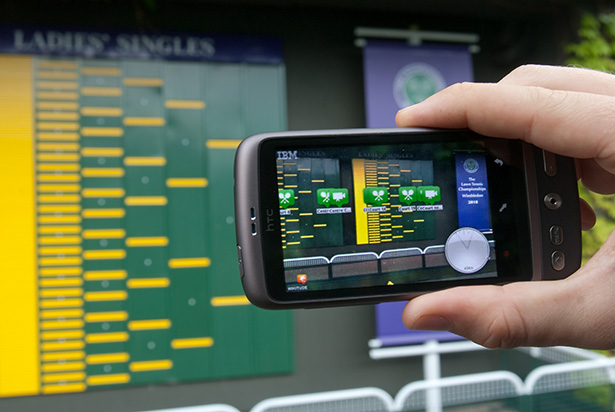
3. YouEarnedIt
Agency lab: Rockfish
To be honest, the next labs project fills us with the kind of dread we reserve for annual appraisals and team-building exercises, but we also understand that some companies like to recognise brilliance and that kind of thing.
YouEarnedIt is a web app from the lab of Rockfish. To sum it up bluntly, it gamifies the workplace by introducing a points system. You give points to people that help you, and those that top the leaderboard can earn rewards.
The project came out of Rockfish Labs, which is a business incubator focused on bringing entrepreneurs' ideas to life.
“Labs reports directly into Kenny Tomlin, our CEO/founder, and the priority is to launch new products like YouEarnedIt,” says Dave Knox, chief marketing officer for Rockfish. “The staffing of Labs flows based on the stage of various products. It ranges from two people in slow times to up to a dozen. We are currently on that higher end with YouEarnedIt and other projects set to launch.”
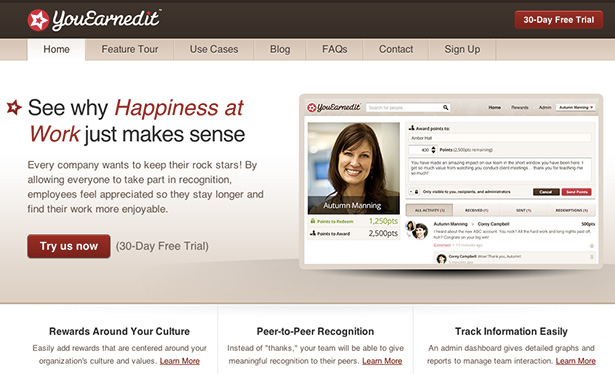
4. Project: Milk Jug
Agency lab: Teehan+Lax
“I like this one because the idea came from a developer who wanted to learn how the physical and digital worlds come together,” explains Teehan+Lax co-founder Jon Lax.
Working with the Lab a developer came up with the idea to create a jug that tells you when you are running low on milk. This meant she needed to come up with physical hardware (the jug), write code for weight sensing, communications. She also created a mobile app, where she learned some Android development.
“For her it was an amazing experience to learn all these things, quickly. We have one guy here who does 3D work for us; he got to design the milk jug and print it on our MakerBot,” says Lax. “We have 2 video people here, they got to shoot a video and edit it.”
The video got picked up by The Verge and others. Our biggest problem is that people wanted us to make the thing and that wasn’t its purpose.
“It was immensely valuable as an experiment to learn five or six things. But I personally think it’s an overdesigned solution to a simple problem. Who wants to recharge their milk jug?,” Lax concludes.
Get the Creative Bloq Newsletter
Daily design news, reviews, how-tos and more, as picked by the editors.
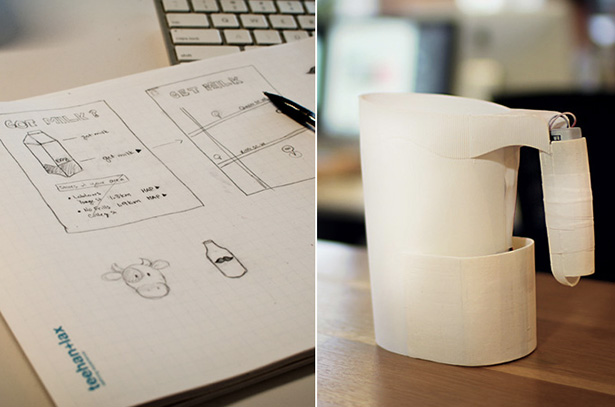
5. Refuge: Don’t cover it up
Agency lab: BBH Labs
More than 50 per cent of girls aged 13-17 suffer violence at the hands of a partner. It’s a staggering figure, and one that led BBH Labs and Addictive Pixel to join forces to create Refuge's Don’t Cover It Up.
“There was opportunity here, using the internet, to target large communities of women, without their partners overhearing,” says Mel Exon, co-founder of BBH Labs. “The idea was to team up with Lauren Luke, a makeup artist whose YouTube channel is a respected source of entertainment for young women, and to create a video showing dramatic footage of Lauren appearing to cover up bruises with a call to action.”
Many people were taken aback, and some taken in by this hard-hitting campaign. But it put the effects of domestic abuse front and centre, and had an incredible effect. With no paid marketing the video had more than 1million views on YouTube, more than 12,500 YouTube Likes and 3,500 YouTube comments. There were 18,000 Facebook shares, around 6,000 tweets and more than 3,500 blog posts and discussion threads. Most importantly, Refuge saw an additional 500 people reach out to get help for teenage girls.
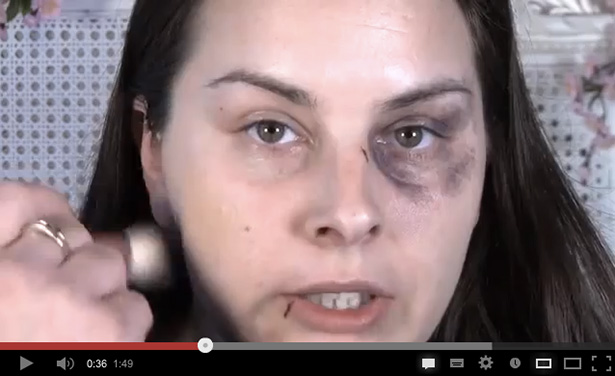
6. Ascii Street View
Agency lab: Teehan+Lax
Dreaming in code is something many devs are familiar with: it smacks of The Matrix, but also represents how developers spend many of their waking hours. That’s why when Ascii Street View came along, it captured the imagination of geeks everywhere!
“Peter Nitsch (head of the lab at T+L) did this experiment, which was all about projection mapping where he would paint, and the paint would turn into ASCII. That experiment was really just to learn projection mapping, openFrameworks,” explains Teehan+Lax co-founder Jon Lax. “But once he had built the code, he realised he could apply the shader to anything, so he quickly applied it to Street View. That Ascii Street View blew up, and gained us a lot recognition.”
Unlike many labs, which operate under a remit of profit making and accountability, the lab at Teehan+Lax is focused purely on experimentation, and offers an environment for discovery and tinkering.
“I think that this demonstrates the power of not knowing where you are going and letting a process of exploration and making lead you somewhere,” Lax says. “This is why the Lab needs to be unapplied. They need the freedom to wander to find possibilities like Ascii Street View.”
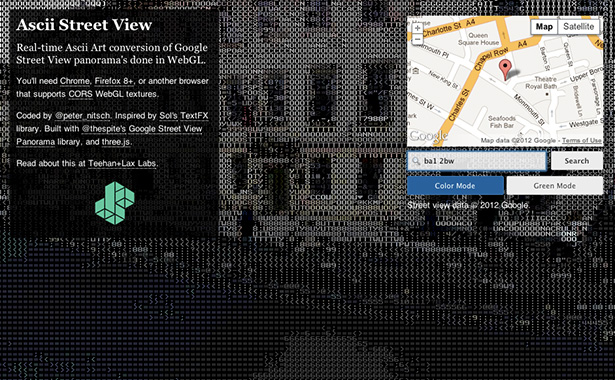
7. Cinder
Agency lab: The Barbarian Group
While some labs projects focus on quirky ideas, which will generate some buzz but are ultimately just cool trinkets, others are the epitome of usefulness. Cinder is the latter. A peer-reviewed, free, open source C++ library for creative coding, Cinder was created by The Barbarian Group, which has had a lab since its inception in 2001.
“Cinder is a significant contribution to open source software, which I believe in very much,” explains The Barbarian Group co-founder Keith Butters. “It’s being used by some pretty amazing people all over the world. It’s always exciting to hear about someone who’s used Cinder to build a project. And it’s an incredibly powerful environment for doing creative things with computers.”
Cinder is a toolbox for programming graphics, audio, video, networking, image processing and computational geometry. Cinder is cross-platform, and in general the exact same code works under Mac OS X, Windows and a growing list of other platforms – most recently the iPhone and iPad.
Cinder is designed to take advantage of platforms’ native capabilities whenever possible, and relies on a minimum of third party libraries. This makes for much lighter, faster applications, and means Cinder apps get free performance, security and capability upgrades whenever the operating system does.
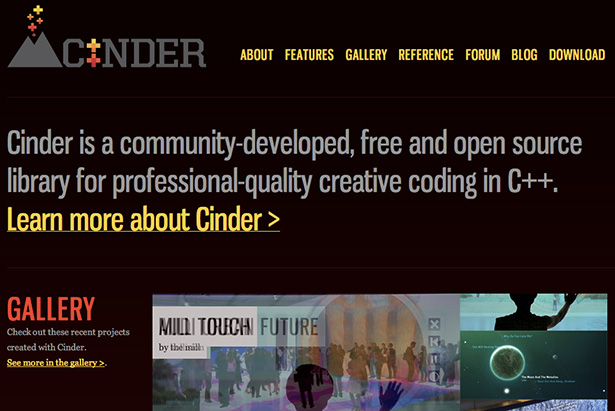
8. StickyGram
Agency lab: Mint Digital
What’s the biggest problem with the digital images you share via Instagram? For many people it’s the fact that, once taken, photos simply languish somewhere on a hard drive, or online, never to be seen again.
Whereas taking images has never been easier, thanks to digital cameras and the convergence of our gadgets, the act of getting physical copies in your hands has actually become a more laborious process.
Enter StickyGram, a product straight out of Mint Digital’s lab. The idea is simple: you visit stickygram.com, connect StickyGram to your Instagram account, select nine of your favourite pics, and then convert them into fridge magnets - where you get the chance to see them every day!
“In 2011 we launched StickyGram, our Instagram-to-fridge magnet service. We like StickyGram because it lets people scratch a creative itch and create a pro-grade real-world product. There aren't many things that do that.”
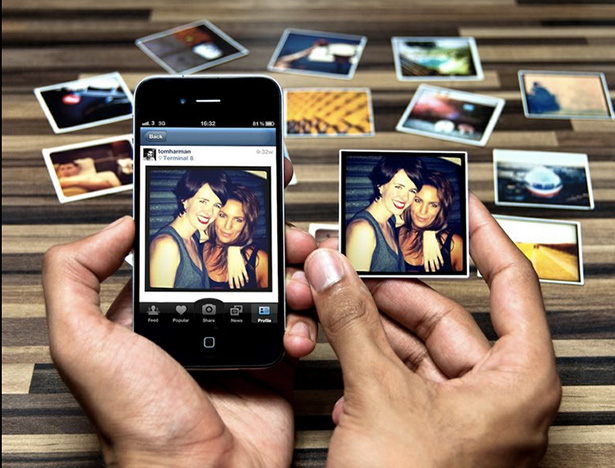
9. Togather
Agency lab: Huge
Huge operates each if its lab projects as a startup, so it’s no surprise that the first product to launch via the lab is a tool that helps authors to control and promote their own promotion and speaking engagements.
Togather connects authors with audiences via a ‘fansourcing’ model, and – thanks to the use a group-buying mechanism – every talk, book signing or lecture can be sold out prior to the event.
“We created Huge Labs to harness entrepreneurialism and foster innovation inside Huge,” says Aaron Shapiro, co-founder of Togather, CEO of Huge and author of Users Not Customers. “Togather.com is the first initiative to launch! But we are most proud of the innovative spirit and thinking that labs has caused within Huge, which makes all our client work better.”
Togather enables authors to put the planning of events in the hands of fans (who can request talks) and engage with them in a unique way, and according to Andrew Kessler, co-founder/CEO of Togather, “Our goal is to make being an author a viable career and democratise the market for speakers”.
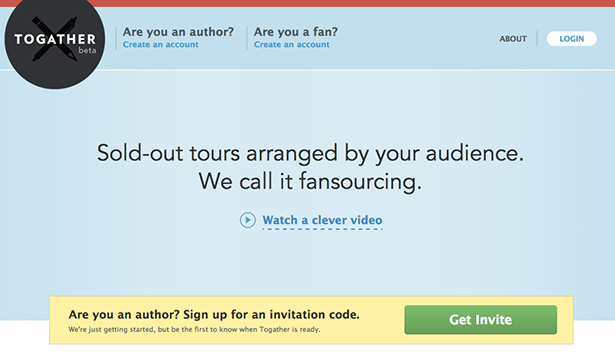
10. Little Printer and BERG Cloud
Agency lab: BERG
Cute is a word that’s over-used on the internet, especially by people that like cats, but the Little Printer by BERG is one of the cutest gadgets we’ve ever seen, measuring just two inches across, and sporting little ‘feet’.
Though currently taking pre-orders at £199 for your very own Little Printer, BERG has already partnered with The Guardian, Google and Foursquare, to deliver personalised updates via Little Printer.
“We’ve built on our previous experience with publishing platforms and made it extremely easy for website owners to bring their services to Little Printer,” says Matt Webb, CEO and co-founder of BERG. “At a recent event, 25 developers with no previous experience of Little Printer produced 73 new publications in just eight hours using our Publishers Handbook.
We’re excited to bring Little Printer to both publishers, and users who have fallen in love with the delightful design and inventiveness of a web connected printer for the home.”

It’s no surprise, given the great work that agencies consistently produce for clients, that labs are rolling out a plethora of fantastic projects. And the financial shake up of the last few years, coupled with the loss of some traditional forms of income for agencies both big and small, means that the next Facebook or Twitter could – in all likelihood – come from an agency, using in-house talent to produce labs products. We can’t wait to see what’s next to come out of the world of agency labs!

Thank you for reading 5 articles this month* Join now for unlimited access
Enjoy your first month for just £1 / $1 / €1
*Read 5 free articles per month without a subscription

Join now for unlimited access
Try first month for just £1 / $1 / €1
The Creative Bloq team is made up of a group of design fans, and has changed and evolved since Creative Bloq began back in 2012. The current website team consists of eight full-time members of staff: Editor Georgia Coggan, Deputy Editor Rosie Hilder, Ecommerce Editor Beren Neale, Senior News Editor Daniel Piper, Editor, Digital Art and 3D Ian Dean, Tech Reviews Editor Erlingur Einarsson, Ecommerce Writer Beth Nicholls and Staff Writer Natalie Fear, as well as a roster of freelancers from around the world. The ImagineFX magazine team also pitch in, ensuring that content from leading digital art publication ImagineFX is represented on Creative Bloq.
